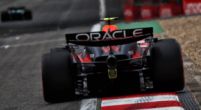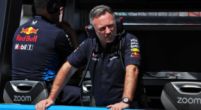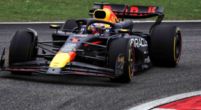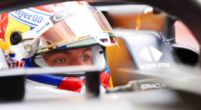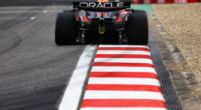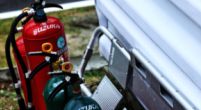F1 News

Austin tests on 2020 compound "not representative for a number of reasons"
After many complaints about the 2020 tyres following earlier testing in Free Practice at the Circuit of the Americas, Pirelli motorsports boss Mario Isola has explained those tests weren't representative to what the new rubber for next season will actually be like.
Ahead of the United States Grand Prix earlier this month, all drivers were given the opportunity to get mileage on the 2020 compound. After the day, in which the conditions were far from perfect with strong wind and rain in the morning, many drivers had negative feedback about the tyres.
After the Abu Dhabi Grand Prix, the final race of the 2019 season, teams will once again get the chance to test on the new tyres, only this time for several days straight.
"The test was not representative for a number of reasons," Isola said when asked by Motorsport.com about Friday at COTA a few weeks ago.
"Not only the weather conditions, but also the fact that during the race weekend obviously, nobody at the time could optimise the setup of the car and the new construction is changing a little bit the balance.
"The profile of the tyre is different. So they have also to work around the aero package in order to optimise the aero package, and if you lose downforce, obviously the level of grip is lower."
With several days of testing and tweaking at the Yas Marina Circuit next week, teams should get a better grip (no pun intended) of how the new rubber behaves and degrades when pushed to its limit.
"It is clear that when you have something new, it takes a bit of time to understand the tyre and to extract the maximum performance from it. This happens every year.
"Last year, teams were a bit against the new 2019 construction. But at the end of the day, it was an improvement because this year we had much less blistering, the compounds were spaced in the right way and degradation was not very high."






